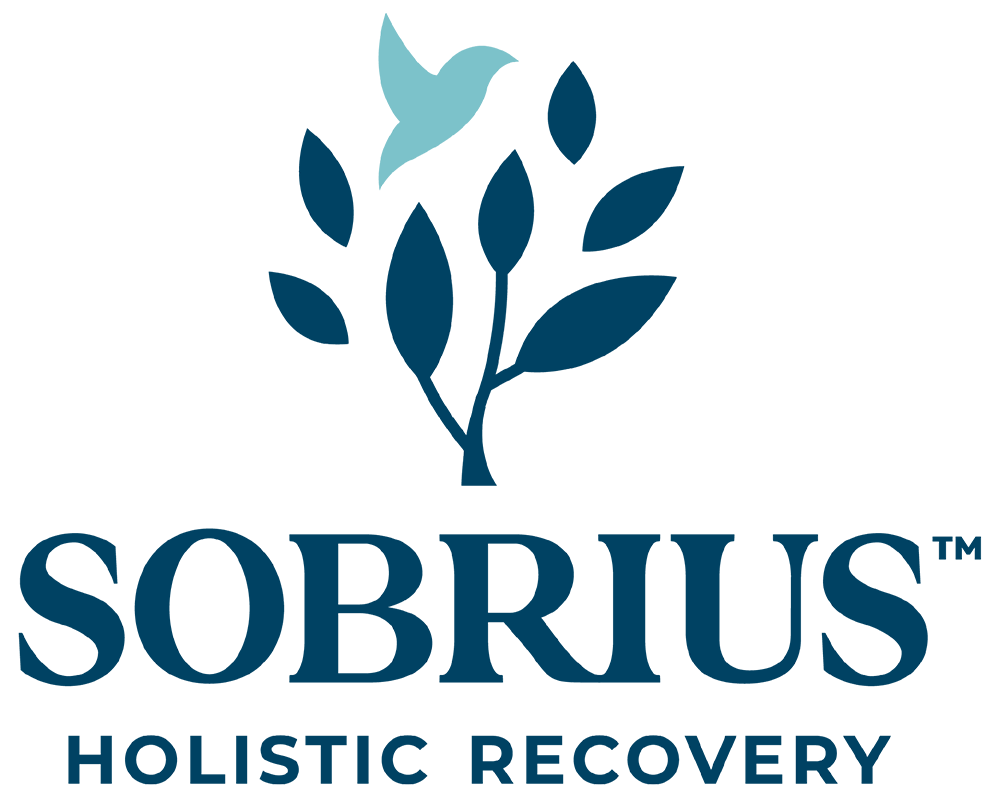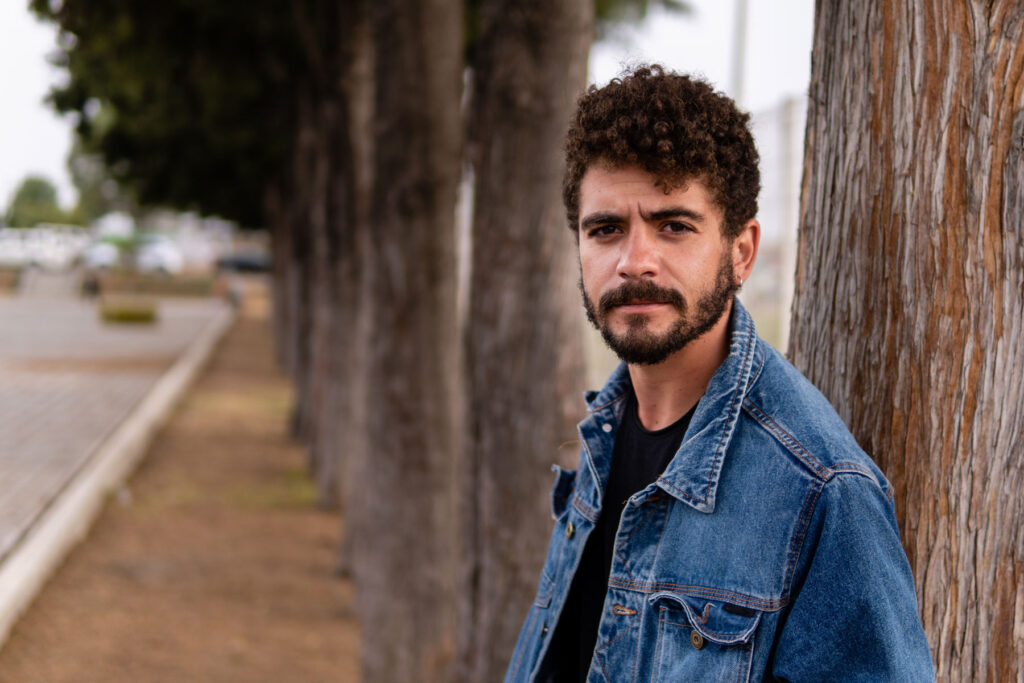It’s difficult for loved ones to understand how their family member developed an addiction. The Virginia fentanyl crisis has forced many people to learn more about addiction and drug overdoses than they ever wished to know.
Understanding the forces that fueled the epidemic and how deeply the fentanyl crisis has affected Virginia may help with recovery. If you or a loved one needs treatment from a fentanyl addiction center in VA, you are not alone. Opioid use disorders can respond to treatment. Don’t let stigma stop you from getting the help you need.
The team at Sobrius is here for you when you’re ready.
What is the opioid crisis in Virginia?
According to the Centers for Disease Control, the number of opioid deaths in the U.S. has been increasing substantially since 1999.1 The CDC reports that the most recent wave of fentanyl deaths began in 2016 and peaked in 2023.
The Virginia fentanyl crisis peaked in 2021 when the state reported an overdose death rate of 24 out of every 100,000 people.2 Some people were able to receive emergency medical services in time and survived an overdose.
The opioid epidemic has impacted every part of life in Virginia and throughout the United States. It affects families, community safety, the justice system, and the state’s economy. Most importantly, the crisis has affected thousands of people who have lost loved ones to overdose and addiction.
What fueled the spread of fentanyl?
The opioid epidemic was declared a public health crisis by the Department of Health and Human Services. There are many factors that affect any type of health crisis. The root causes of the fentanyl crisis are complex, and they may include:
- Rising unemployment
- Poverty
- The illicit manufacturing of fentanyl
- Gaps in public health services, including mental health services
- Well-organized fentanyl distribution chains
Stigmas around addiction must also be considered. Viewing addiction as a personal failure or weakness may stop people from getting treatment early. Stigmas around providing preventive care have also contributed to the epidemic.
Today, many healthcare providers and addiction experts consider preventive care to be a valuable part of addiction treatment.
The COVID-19 pandemic is also partially responsible for the fast spread of fentanyl in the U.S. The pandemic slowed international travel, making it difficult to smuggle large quantities of drugs.
Because fentanyl is more potent than heroin, it was still profitable to traffic it in small quantities. Fentanyl in pill form could also be shipped through the mail. These forms of distribution made it easier to spread fentanyl quickly across the United States.
Fortunately, Virginia has adopted a more proactive role in harm reduction. Efforts like the state’s Fentanyl Awareness Day help educate community members about the dangers of fentanyl and what they can do to help end the crisis.
Virginia also enacted what is sometimes referred to as an “overdose law.” This law protects those who call emergency services to report an overdose from arrest. The law states that individuals may not be subject to arrest if they can identify themselves as the person who called for help.
Take charge of your fentanyl recovery today at Sobrius’ fentanyl addiction center in VA
Sobrius has been responding to the fentanyl crisis in Virginia by helping people access the care they need. We offer a variety of programs, including gender-specific treatment and partial hospitalization programs, to ensure everyone can find the type of program that suits their needs.
What is the opioid crisis in Virginia? Fortunately, one of the answers to that question is that the crisis is on the decline. However, fentanyl addiction is still a serious health issue that could lead to severe ongoing health conditions and fatal overdose. Call Sobrius at 888.596.6514 to get the help you and your family deserve. You can also reach us by completing our online contact form.
Source:
1. Understanding the Opioid Overdose Epidemic. Accessed 5/9/2025

